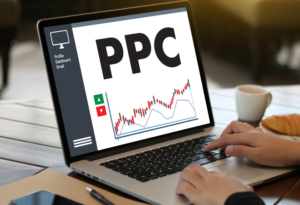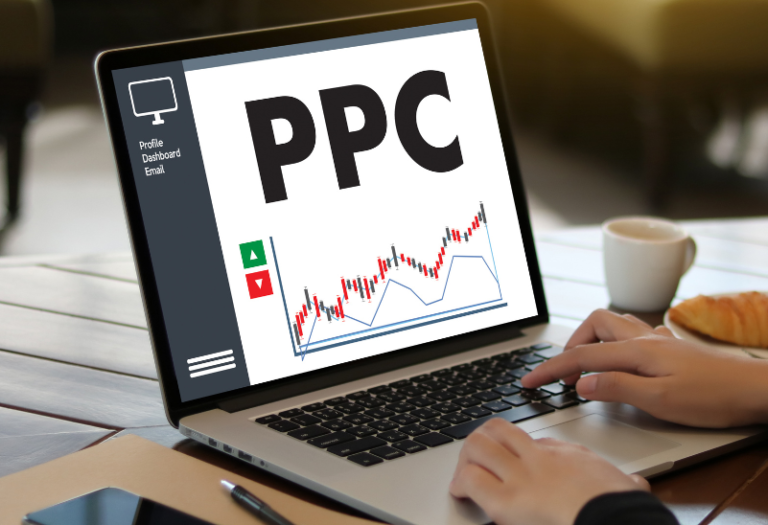In the digital age, having a website is essential for businesses and individuals alike. However, simply having a website is not enough. To reap the benefits of an online presence, you need to drive traffic to your site. Increased website traffic not only boosts your online visibility but also opens up opportunities for lead generation, sales, and brand awareness.
In this comprehensive guide, we will explore effective strategies and tactics to help you increase traffic on your website.
Optimize Your Website for SEO
Search Engine Optimization (SEO) is the cornerstone of driving organic traffic to your website. It involves optimizing your site’s content and structure to rank higher in search engine results pages (SERPs). Here are key SEO strategies:
- Keyword Research: Identify relevant keywords and phrases that your target audience is searching for. Tools like Google Keyword Planner and SEMrush can assist in this process.
- On-Page SEO: Optimize your content by using keywords naturally, including meta titles and descriptions, and ensuring your site is mobile-friendly.
- Quality Content: Publish high-quality, informative, and engaging content regularly. Fresh content attracts both users and search engines.
- Backlinks: Acquire high-quality backlinks from reputable websites in your industry. Guest posting and outreach can help you build a strong backlink profile.
- Site Speed: Ensure your website loads quickly on both desktop and mobile devices, as site speed is a ranking factor.

Create Compelling, Shareable Content
Content is king when it comes to attracting and retaining website visitors. To increase traffic, focus on creating content that resonates with your target audience. Here’s how:
- Blog Posts: Regularly publish informative blog posts that address your audience’s pain points and interests. Use visuals, such as images and infographics, to enhance readability.
- Video Content: Incorporate video content into your strategy. Videos are highly shareable and can boost engagement.
- Ebooks and Guides: Offer valuable downloadable resources, such as ebooks and guides, in exchange for email sign-ups. This helps you build an email list for future outreach.
- User-Generated Content: Encourage your audience to create and share content related to your brand. User-generated content can amplify your reach.
- Interactive Content: Experiment with interactive content like quizzes, polls, and surveys to engage your audience and encourage sharing.
Leverage Social Media
Social media platforms are powerful tools for increasing website traffic and engaging with your audience. Here’s how to make the most of social media:
- Profile Optimization: Ensure your social media profiles are complete, including a link to your website in the bio or description.
- Content Sharing: Share your website content on social media platforms regularly. Use attention-grabbing headlines and visuals.
- Engage with Followers: Respond to comments, messages, and mentions promptly to foster a sense of community and trust.
- Paid Advertising: Consider running paid social media advertising campaigns to target specific demographics and drive traffic.
- Collaborations: Collaborate with influencers or complementary businesses to expand your reach.
Email Marketing
Email marketing is a reliable method to increase website traffic and nurture relationships with your audience. Here’s how to utilize it effectively:
- Build an Email List: Create opportunities for website visitors to subscribe to your email list, such as through pop-up forms or content offers.
- Segmentation: Segment your email list based on user behavior and interests. Send personalized content and offers to different segments.
- Regular Updates: Send out newsletters, updates, and promotions to keep your audience engaged and informed.
- Call-to-Action (CTA): Include CTAs in your emails that direct recipients to specific pages or content on your website.
- A/B Testing: Experiment with different email subject lines, content formats, and send times to optimize your email campaigns.
Pay-Per-Click (PPC) Advertising
PPC advertising, such as Google Ads, allows you to drive targeted traffic to your website by bidding on keywords. Here’s how to effectively use PPC:
- Keyword Research: Conduct thorough keyword research to identify the most relevant and cost-effective keywords for your campaigns.
- Compelling Ad Copy: Create compelling ad copy that entices users to click. Highlight unique selling points and offers.
- Landing Page Optimization: Ensure that the landing pages users are directed to after clicking your ads are optimized for conversions.
- Monitoring and Optimization: Regularly monitor your PPC campaigns, adjust bids, and experiment with ad variations to improve performance.
Utilize Content Promotion
Promoting your content is crucial to increasing its visibility and driving traffic. Consider these content promotion strategies:
- Social Sharing: Share your content on your social media platforms and encourage your audience to do the same.
- Email Promotion: Send your new content to your email list and ask subscribers to share it with their networks.
- Outreach: Reach out to influencers, bloggers, and industry websites to promote your content. Offer to guest post or collaborate on content.
- Content Syndication: Share your content on platforms like Medium, LinkedIn, or industry-specific forums to reach a wider audience.
- Paid Promotion: Invest in paid content promotion through platforms like Outbrain or Taboola to amplify your reach.
Analyze and Optimize
Continuous analysis and optimization are key to long-term success in increasing website traffic. Use tools like Google Analytics to monitor your site’s performance and make data-driven decisions. Key areas to focus on include:
- Traffic Sources: Understand where your traffic is coming from, whether it’s organic search, social media, email, or referrals.
- Conversion Tracking: Set up conversion tracking to measure the effectiveness of your campaigns and identify areas for improvement.
- Bounce Rate: Analyze pages with high bounce rates and optimize them to keep visitors engaged.
- User Behavior: Study user behavior on your site to identify content preferences, popular pages, and areas where users drop off.
- A/B Testing: Continuously test elements like headlines, CTAs, and content formats to improve user engagement and conversion rates.
Increasing website traffic is a multifaceted endeavor that requires a combination of strategies and consistent effort. By optimizing your website for SEO, creating compelling content, leveraging social media, harnessing the power of email marketing, and using paid advertising effectively, you can drive more visitors to your site.
Additionally, content promotion and ongoing analysis and optimization are essential to maintain and grow your traffic over time. Remember that increasing website traffic is not an overnight process, but with dedication and the right strategies, you can achieve your traffic goals and enhance your online presence.








